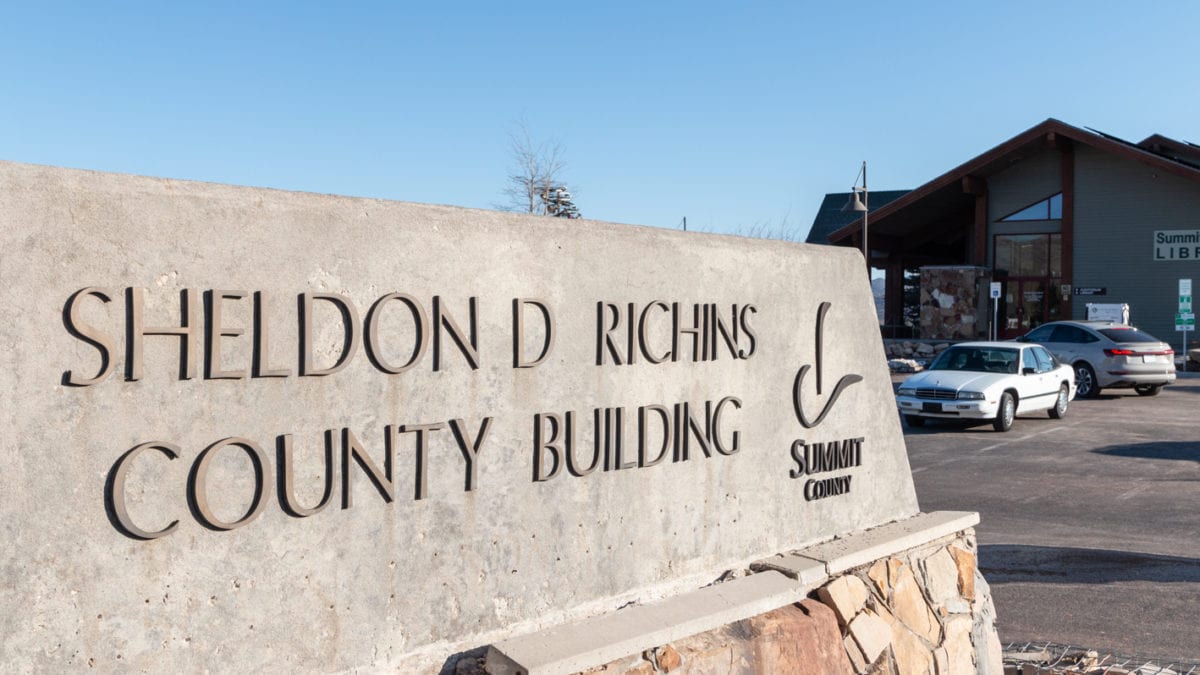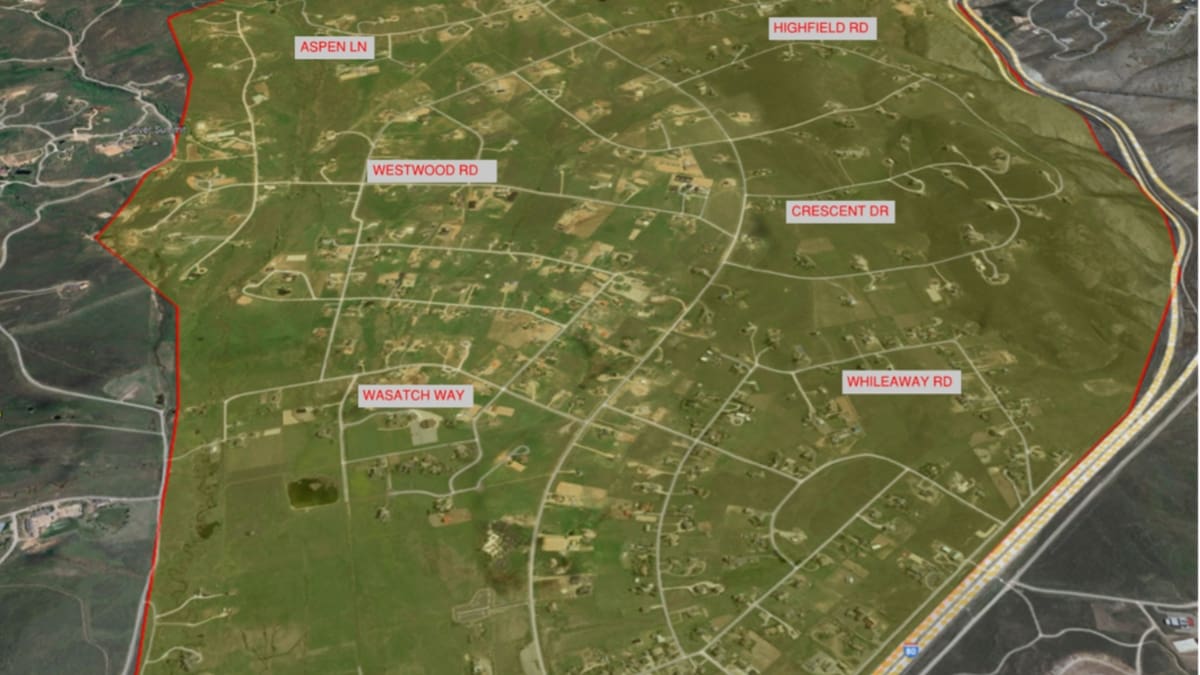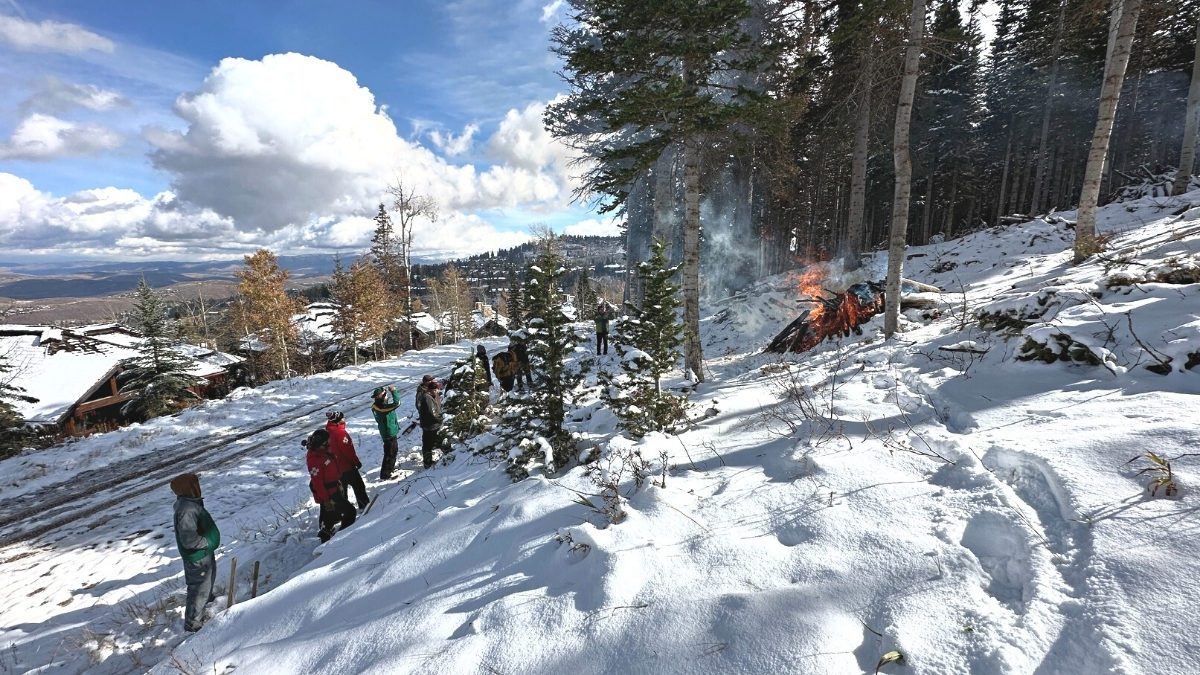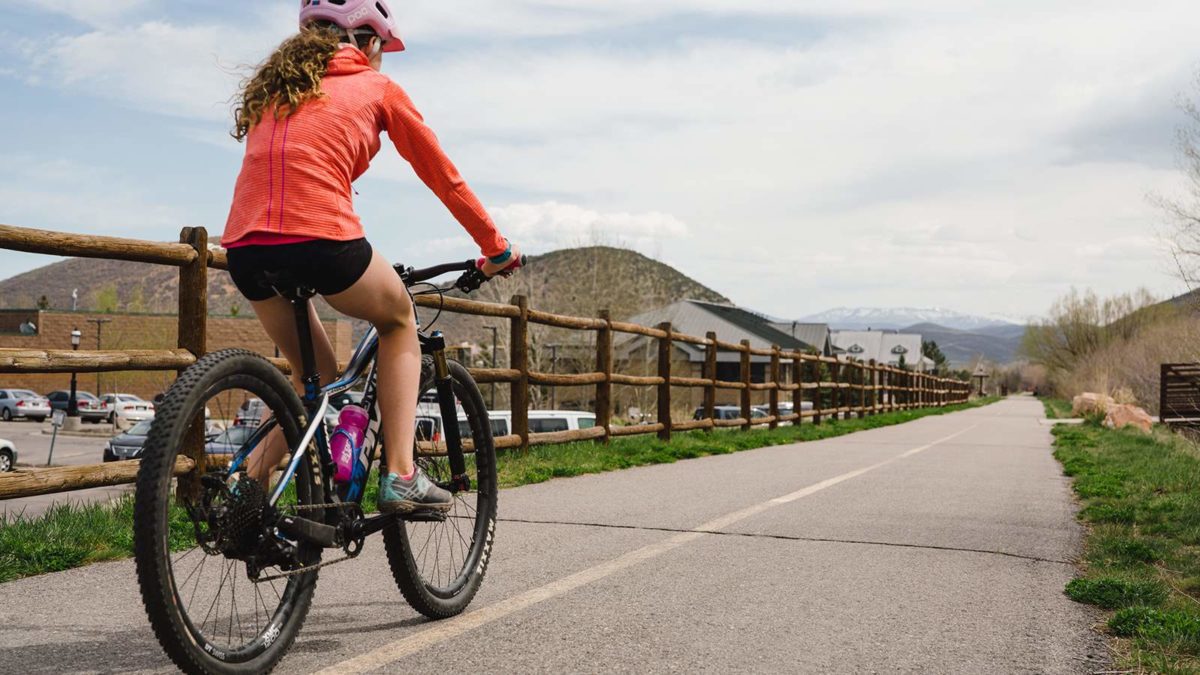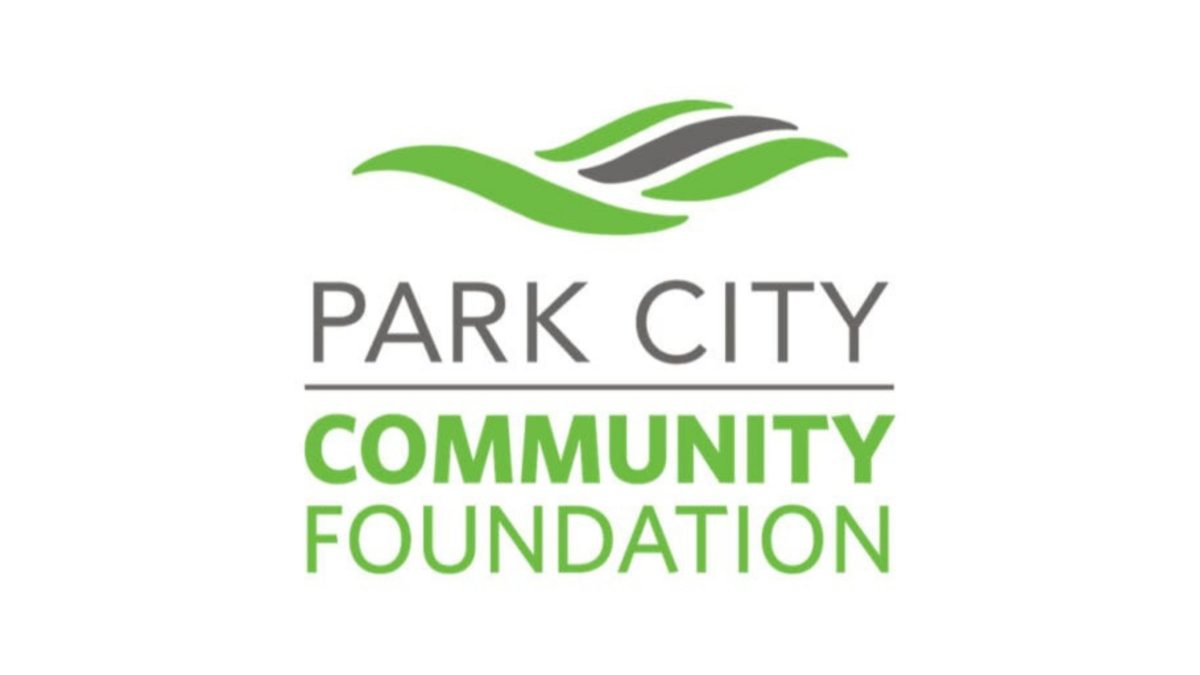Environment
Mulching in Parley’s Canyon to resume June 1, expected to continue throughout the summer
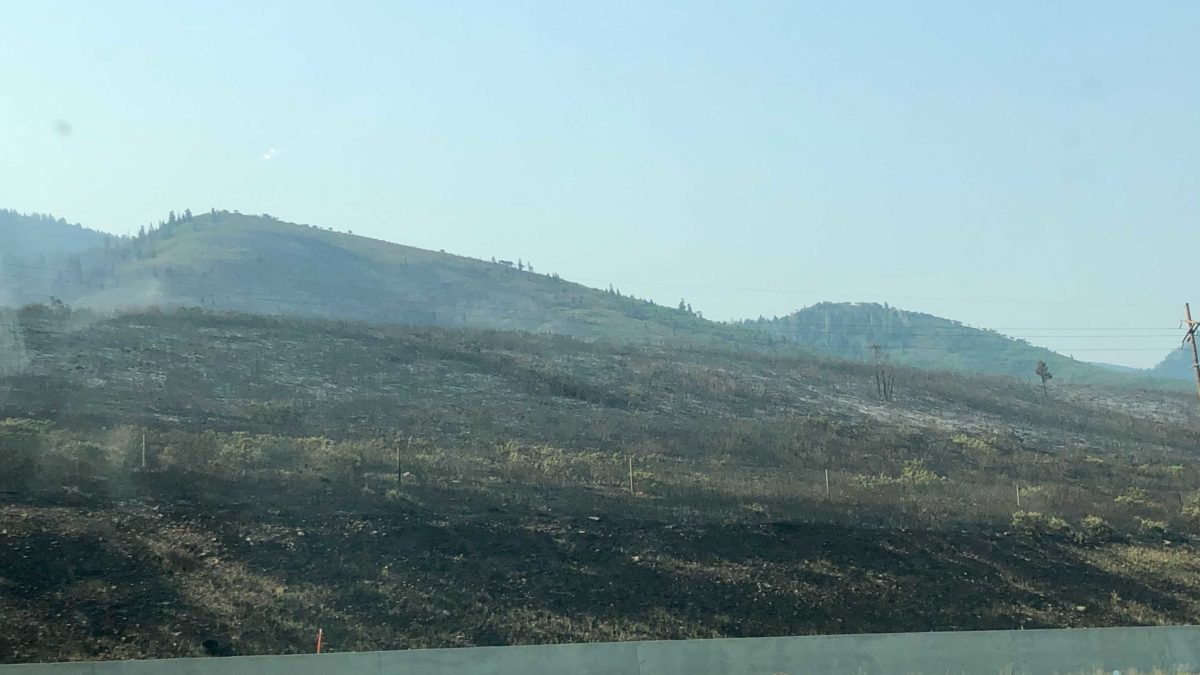
An area burned by the Parley's Canyon Fire, August 16, 2021. Photo: Michele Roepke
SALT LAKE CITY — Multi-agency mulching in Parley’s Canyon is expected to resume with mechanical treatments today on the south side of I-80.
The treatment of wildfire fuels will continue up to Lamb’s Canyon in an effort to improve watershed health and wildlife habitat.
According to a press release from Summit County, fire suppression in the area over the last century has caused an unnaturally dense overgrowth of oak brush. The Parley’s Canyon project is intended to mimic the results of a natural fire cycle on the landscape by using a bullhog masticator to reduce the overall fuel load.
This work is a joint venture between the USDA Forest Service, the Utah Division of Forestry, Fire, and State Lands; the Utah Division of Wildlife Resources; Summit and Salt Lake Counties; and, the Salt Lake City Department of Public Utilities and is expected to continue throughout the summer. Those planning to enjoy recreational activities in the area should exercise caution or consider utilizing alternative sites in the area.
“This project demonstrates the Forest Service’s commitment to partners and communities in reducing the risk of catastrophic wildfire, while protecting critical watersheds and improving forest health and resilience,” said Bekee Hotze, Salt Lake District ranger for the Uinta-Wasatch-Cache National Forest.
Over the next month 128 acres will be thinned on Salt Lake City lands, and 194 acres on U.S. Forest Service lands within this watershed. A native seed bank is waiting to be released, which should limit the amount of reseeding required.
In the fall of 2022 262 acres of oak brush were thinned on Salt Lake City-owned land, and 70 acres on U.S. Forest Service owned-land located in the Parley’s Creek watershed as part of the project.
“The work we did last year along I-80 to thin the oak brush has already been really beneficial,” said Robby Edgel, a habitat restoration biologist for the Utah Division of Wildlife Resources. “We are seeing a reduction in oak brush and a significant increase in the quantity and diversity of understory vegetation. This new vegetation will help provide food for wildlife in the area, including for big game animals, like deer and elk, to help them build up body fat for better survival during heavy snowfall like last winter.”
“This treatment work and new vegetation will also help increase the amount of wildflowers on the landscape, which benefit our pollinator species, such as bees and butterflies,” Edgel said. “We are excited to build upon the great work that was started last fall and continue to make positive changes to the landscape for wildlife species.”
Reducing the risk of a large wildfire in the area can also help to protect Salt Lake City’s drinking water from pollution. The Parley’s Creek watershed provides approximately 20% of the water supply to Salt Lake City’s residents.
“This project is an important component of Salt Lake City’s overall watershed protection efforts,” said Laura Briefer, director of Salt Lake City Department of Public Utilities. “Salt Lake City’s drinking water quality is very important to our community. A catastrophic wildfire would pose a significant risk to the City’s drinking water quality and supply.”












